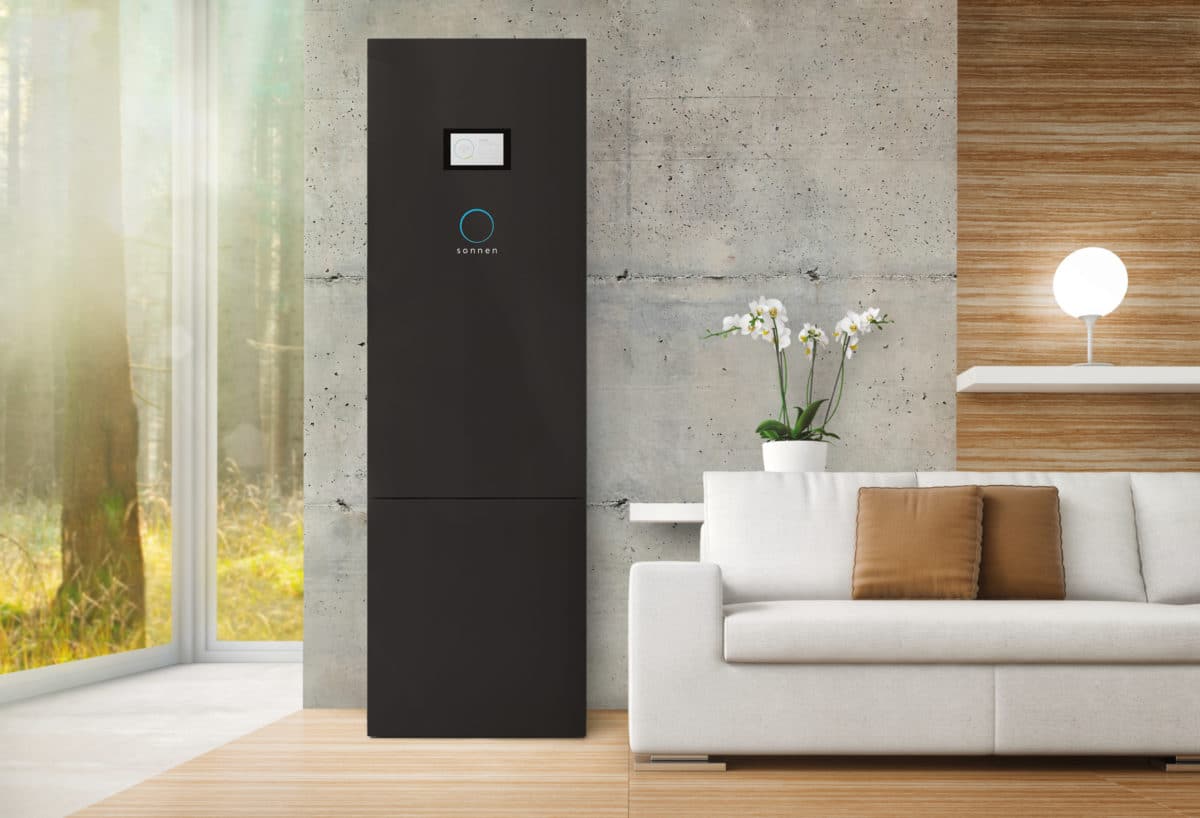Electric utility Rocky Mountain Power (RMP) is incentivizing over 50,000 residential and commercial solar power owners within Utah to install utility managed sonnen batteries. The company will use the batteries as part of a virtual power plant to output energy when needed.
RMP said it will pay the solar owner a one-time incentive of $400 to $600 per kW of energy output capacity, based on when they installed solar power. After the larger first-year incentive is paid, the utility will pay an ongoing annual capacity payment of $15/kW.
RMP said it may trim these incentives as needed in the future. Here are the numbers, as provided by the utility.

The utility told prospective customers that it will not use the batteries from November through February, except for grid emergencies. From March through October, the utility may use the batteries daily, given high electricity demand conditions. In its FAQ, RMP stated that it will not discharge batteries below 10%, and also assured customers that it will not discharge customer’s batteries below 50% in the program’s first year.
 The incentive program requires that the batteries be charged by the on-site solar power system in order to fully qualify for the 26% solar tax incentives; however, it did not specifically refer to any technical requirement to do so.
The incentive program requires that the batteries be charged by the on-site solar power system in order to fully qualify for the 26% solar tax incentives; however, it did not specifically refer to any technical requirement to do so.
The utility said that sonnen batteries are to be used in the program. sonnen offers two batteries: the 10 kWh Core and the Eco. The Eco comes in two flavors, a 20 kWh Eco and a 30 kWh EcoLink.
The Core’s 4.8 kW output will earn an incentive payment of $1,920 to $2,880. The 3-7 kW Eco will earn $1,200 to $4,200, and an 8 kW EcoLinx will receive $3,200 to $4,800.
Distributed power is the grid
sonnen was a logical choice for this program because it created one of the first virtual power plant (VPP) batteries, which launched the sonnenCommunity program. The company’s VPP first came to the United States in 2017 in an Arizona community.
The use of residential solar+storage as a power grid asset has been growing. Sunrun first broke through in 2018 by winning a bid for its projects to be part of the ISO New England capacity market. Since then there have been a number of announcements, including $500,000 saved during heat waves, Tesla in California, and the ConnectedSolutions program in Massachusetts and Rhode Island.

As the United States recently passed three million solar panel installations (and because we have hard evidence that distributed solar power saves massive amounts of money on grid upgrades), it only makes sense for publicly owned power grids to tap into resources owned by the public.
In fact, research from Vibrant Clean Energy suggests that hundreds of billions can be saved by fully realizing the value of distributed solar+storage through 2045.
This is, of course, before we consider the value of resilience to local business and homeowners. The Texas grid collapse in February that killed hundreds, and the ongoing challenges in California have spurred consumer demand for home energy storage.
Add to the list this bit of breaking news: This author is writing this article in the middle of a Nor’easter event which has cut power to 66% of remote work staff and more than 600,000 customer accounts (over a million individuals) in the New England region.
This content is protected by copyright and may not be reused. If you want to cooperate with us and would like to reuse some of our content, please contact: editors@pv-magazine.com.









Interesting but it probably makes more sense for most of these batteries to be bigger and have wheels attached….EVs with V2G option. Think of all the EV ‘modules’ that could be linked to make virtual power plants: EV cars, buses, rental vehicles, locomotives, utility vehicles etc…..along with business and residential fixed battery storage.